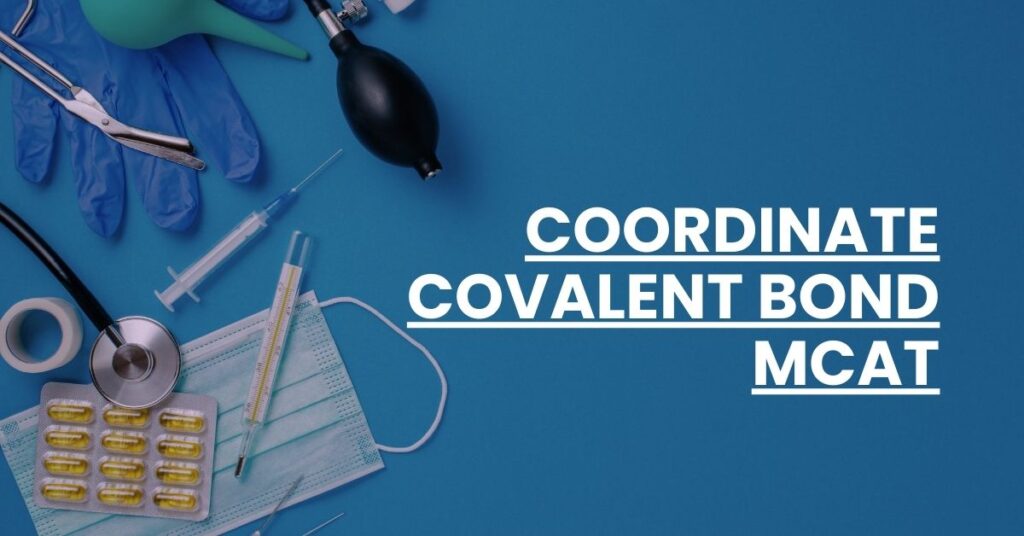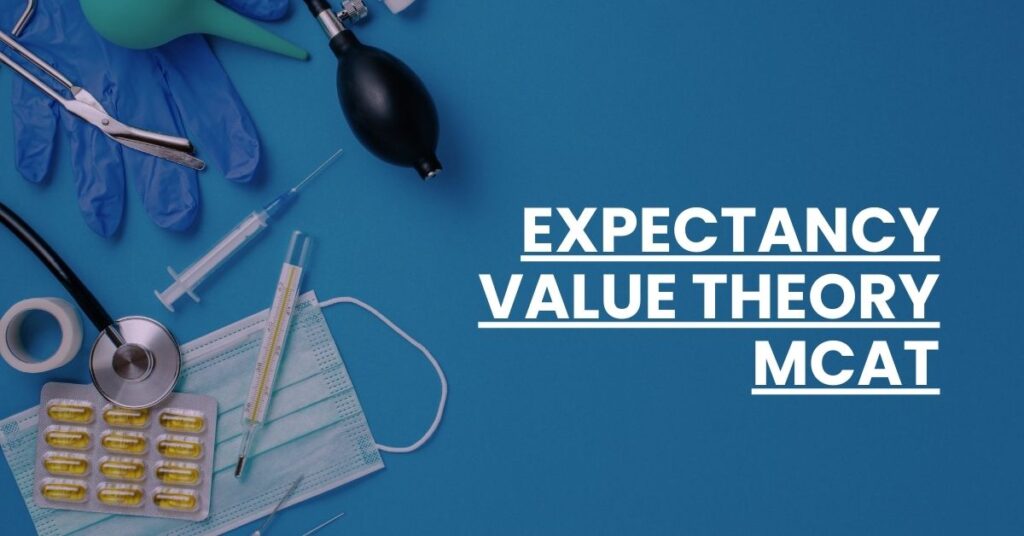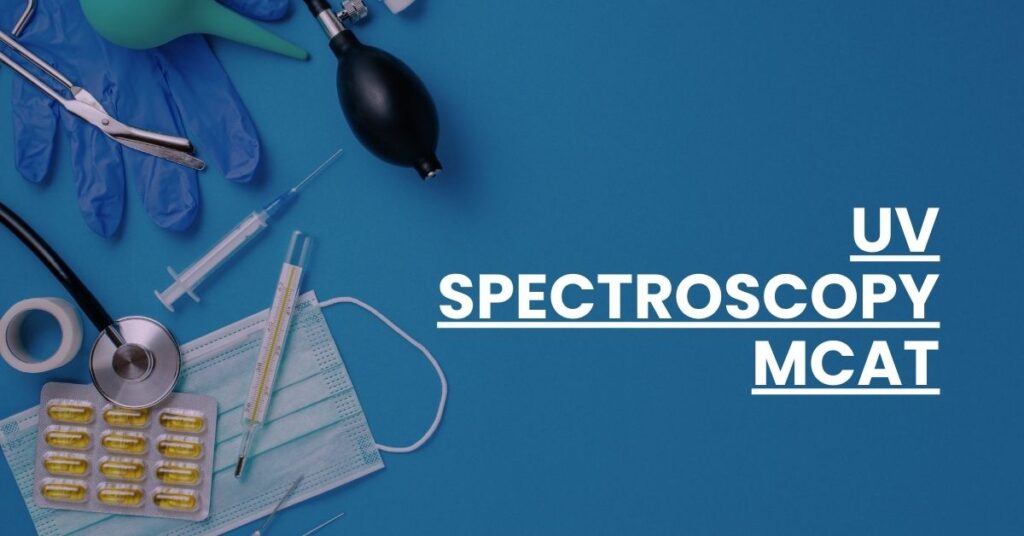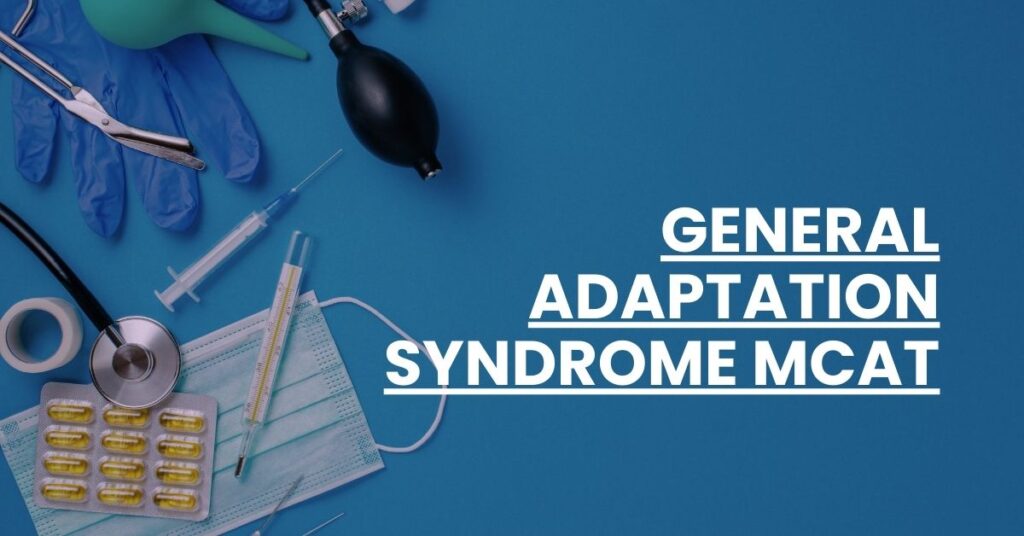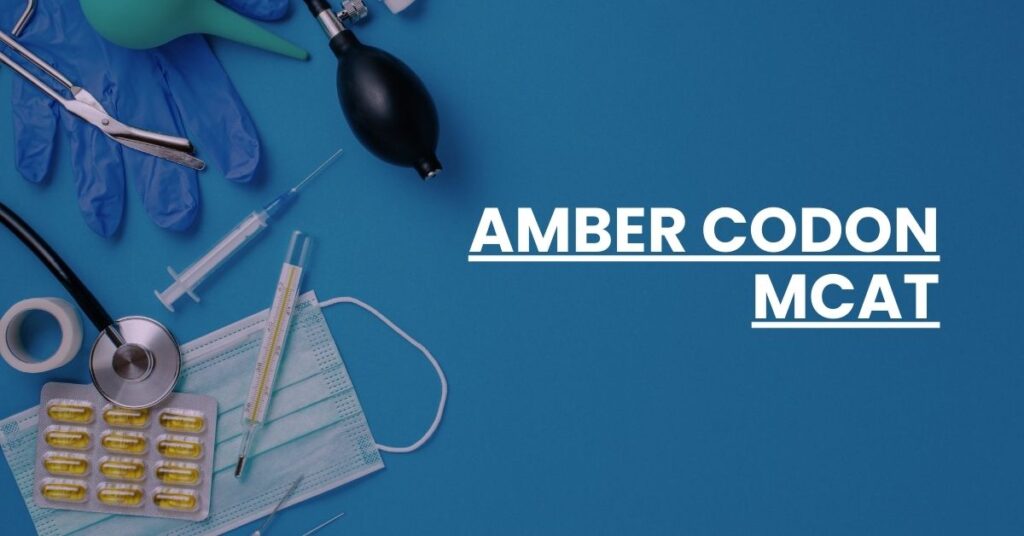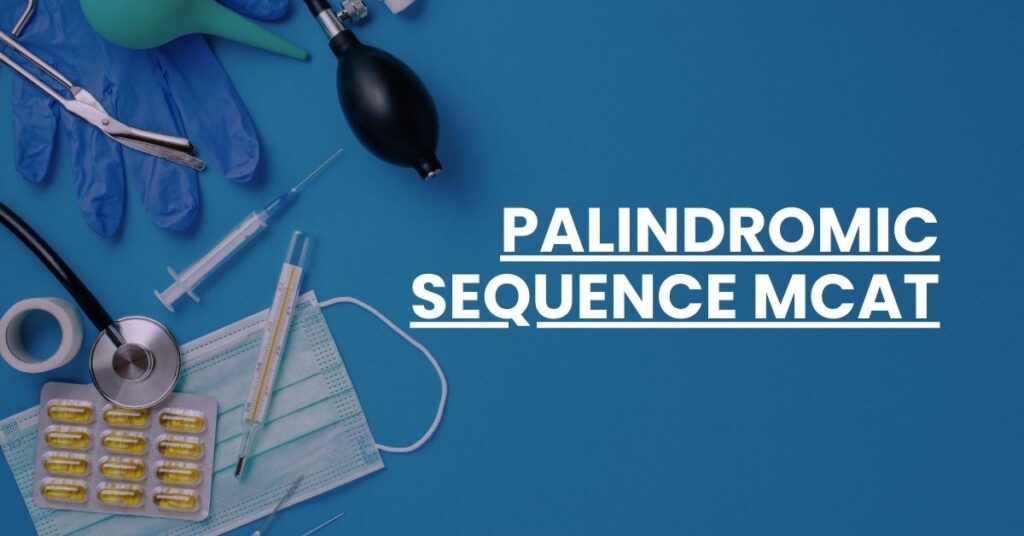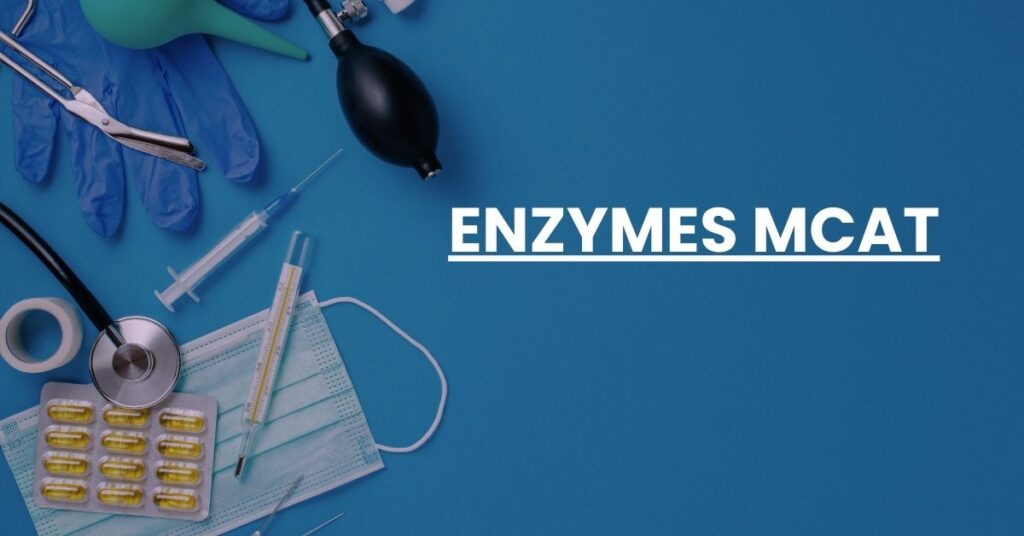Saponification MCAT
Saponification is a crucial biochemical process that converts lipids like fats and oils into soap and glycerol when mixed with an alkaline substance. For MCAT candidates focusing on biochemistry, understanding saponification is essential, as it lays the foundation for questions about lipid metabolism and organic reaction mechanisms. In the scope of MCAT preparation, you’ll explore: […]
Saponification MCAT Read More »

